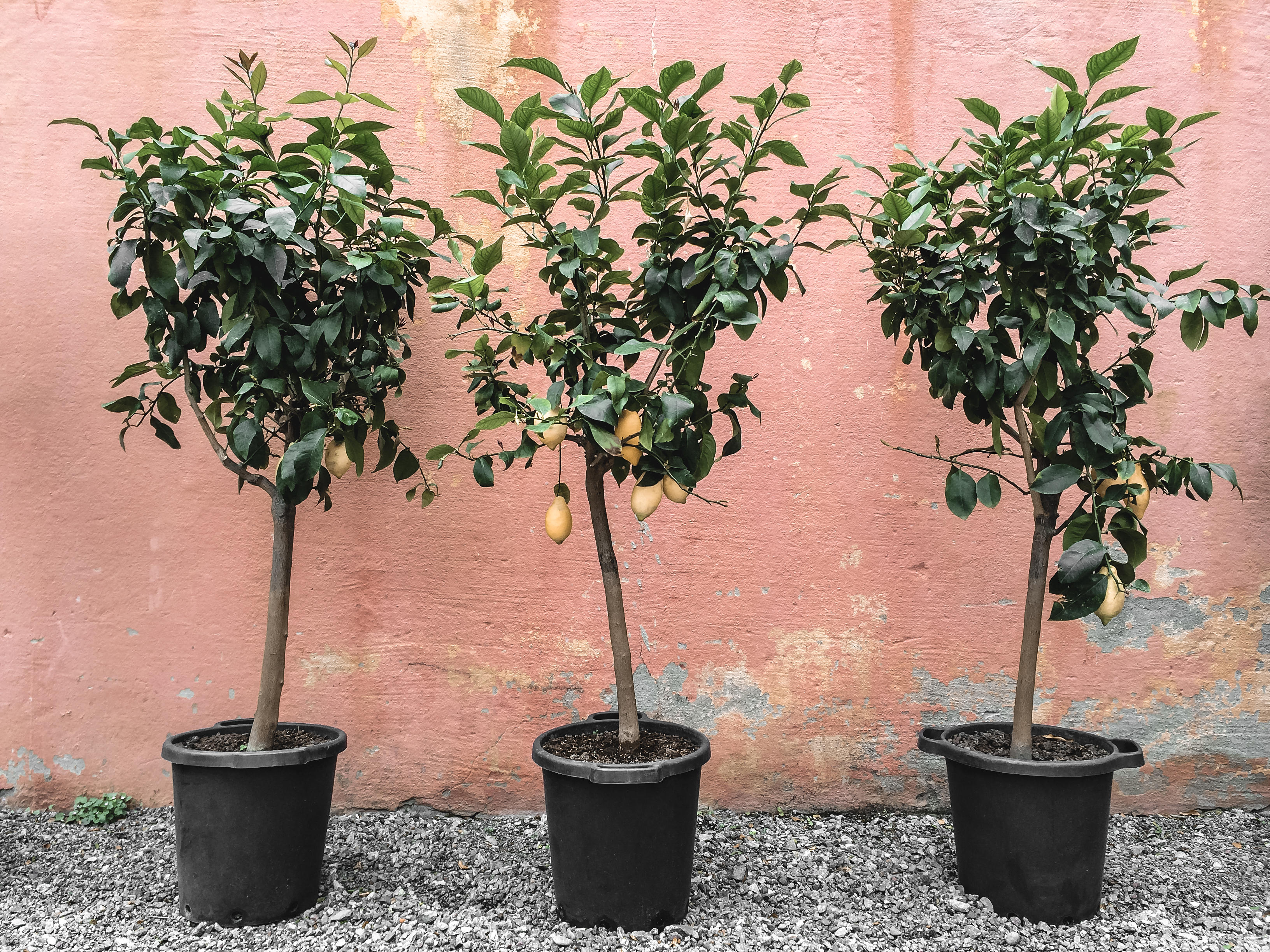4 expert tips for creating a leafy portable pot forest to support the National Trust planting 2 million trees
You might have a few houseplants, but how about some trees? Making your own mini woodland is possible, even if you don’t have a garden.

Your support helps us to tell the story
From reproductive rights to climate change to Big Tech, The Independent is on the ground when the story is developing. Whether it's investigating the financials of Elon Musk's pro-Trump PAC or producing our latest documentary, 'The A Word', which shines a light on the American women fighting for reproductive rights, we know how important it is to parse out the facts from the messaging.
At such a critical moment in US history, we need reporters on the ground. Your donation allows us to keep sending journalists to speak to both sides of the story.
The Independent is trusted by Americans across the entire political spectrum. And unlike many other quality news outlets, we choose not to lock Americans out of our reporting and analysis with paywalls. We believe quality journalism should be available to everyone, paid for by those who can afford it.
Your support makes all the difference.Woodland covering around 2,000 hectares is set to spring up across the UK over the next four years, as The National Trust has pledged to plant or establish two million trees.
The woodland project, which has been made possible by a £4 million gift from HSBC will be created near urban areas so people who live in towns and cities are better able to enjoy the wellbeing benefits of being in nature.
If you’re lucky enough to have a bit of outdoor space – be it a garden or a back step – you can get involved by creating your own moveable forest at home.
Potted trees are a low-maintenance way to add a bit of greenery to your space. Plus, if you ever decide to move house, you can easily pack up your green oasis and take it with you…
1. Pick the right plant varieties
“The best plants for pots are dwarf varieties but even some larger species can grow really well in containers with the right care,” says gardener and horticultural presenter Ellen Mary. “I’ve successfully grown a Ginkgo Biloba and magnolia in a pot for years.
“Dwarf apple trees grow brilliantly in a pot and just require potting up every couple of years if needed. Fig trees love to be grown in a pot too, and many other fruits such as pear and apricot will do well.”
Mary says olive trees can live their whole life in a pot and are fantastic for bringing a touch of the Mediterranean to a garden. “Citrus fruits like lemons can also be grown in a pot outside during the summer – just make sure to bring them in for the winter to a conservatory or greenhouse with extra protection.”
2. Think about container care
When it comes to looking after your potted trees, the usual container care will apply. “Give them plenty of water, especially in dry spells, and make sure to feed them (with liquid tree feed) throughout the growing season,” says Mary. Container trees are more prone to drying out, so they need a bit more attention then those planted in the soil.
“Pruning may be needed too, to keep them healthy and retain their shape,” she adds.
3. Don’t go too heavy
Earthy-toned pots might look great on your Instagram feed, but a pot made from heavy materials could cause you trouble in the future. “Think about the weight of your pot,” says Mary. “Trees can become heavy and if you are planning on moving it, choose a lightweight pot rather than a terracotta [one].”
If you’re a fan of the ceramic trend, you could pick up a pot in a lightweight material that’s made to look like terracotta or other stone.
4. Think about your soil
“Make sure the soil is a good quality, well drained compost,” advises Mary, “and each year, replenish it with a top layer of well rotted organic matter.”
She adds: “Don’t forget that if you’re are growing an acid loving tree, like rhododendrons, Japanese maple and magnolia, you’ll need ericaceous compost to keep them in good condition.”